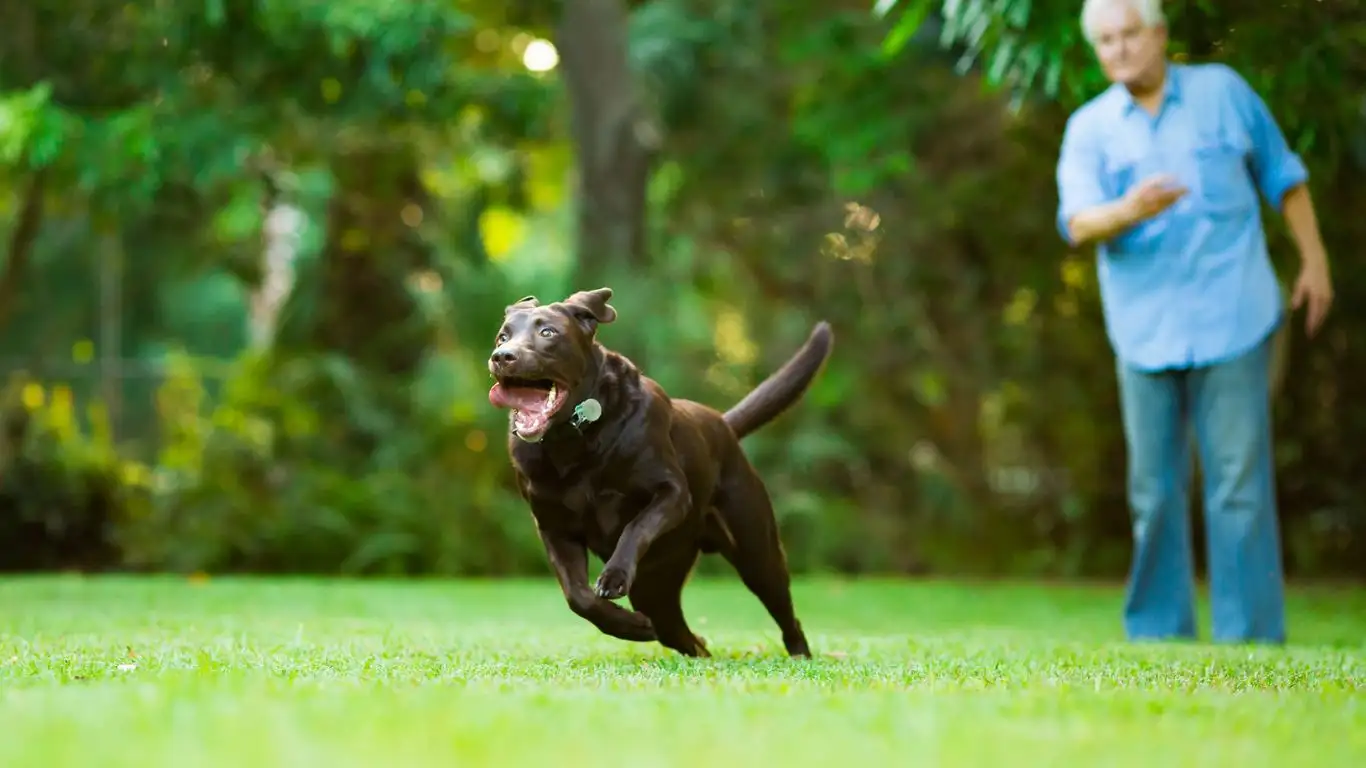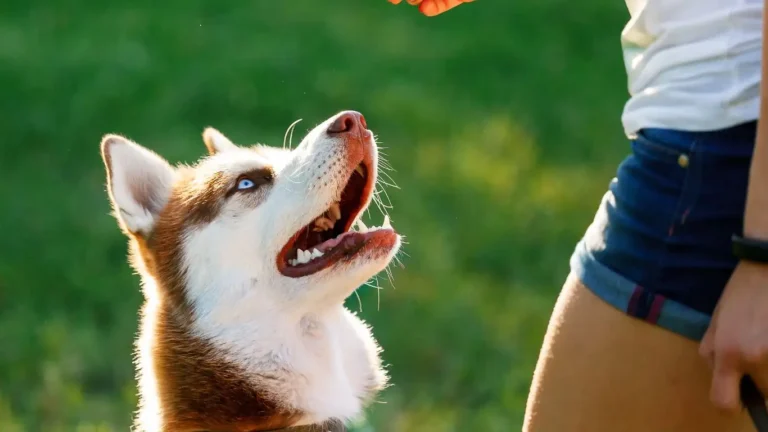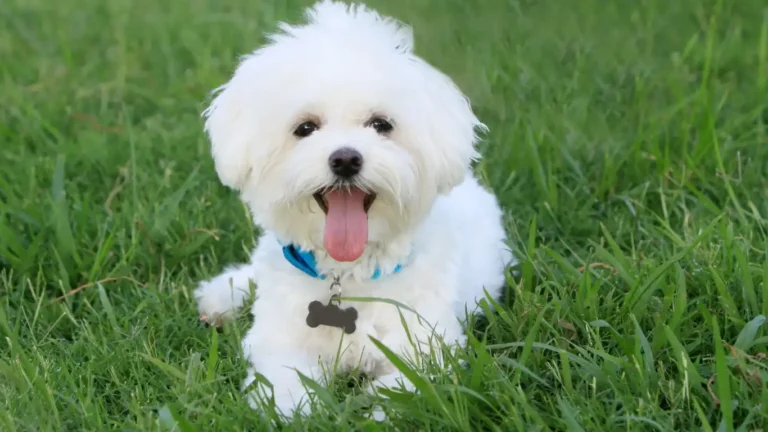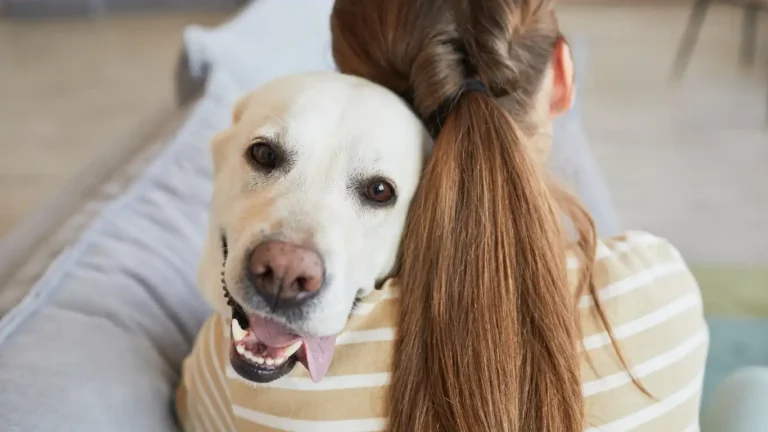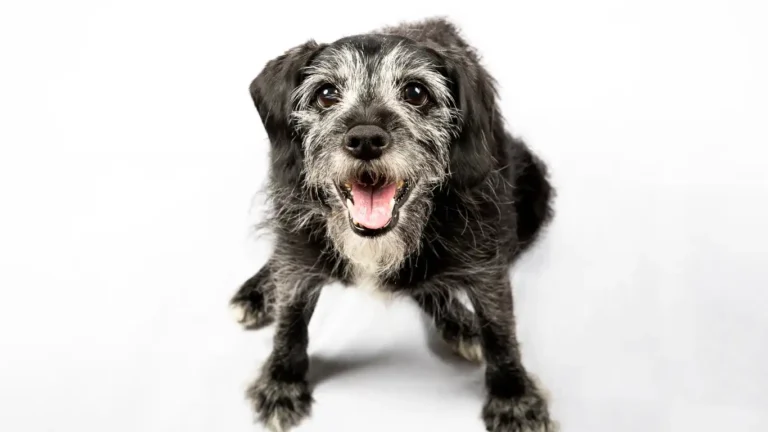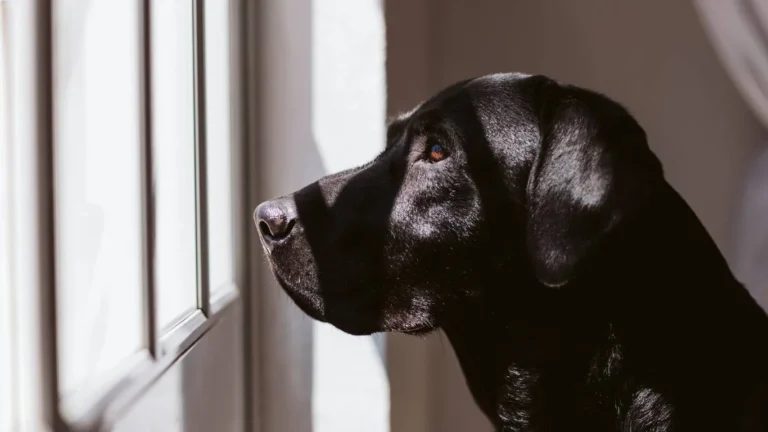Effective Puppy Training Tips for New Dog Owners – Master Basic Commands Fast
Effective Training Tips for Puppy Owners
When you bring a new puppy into your home, it’s easy to get overwhelmed by all the advice and training techniques floating around. Believe me, I’ve been there. But trust me when I say, the first few months of training are crucial to laying a solid foundation for your puppy’s behavior. So, let’s talk about some of the key training tips that can really help you and your new puppy bond while ensuring they become well-behaved and happy.
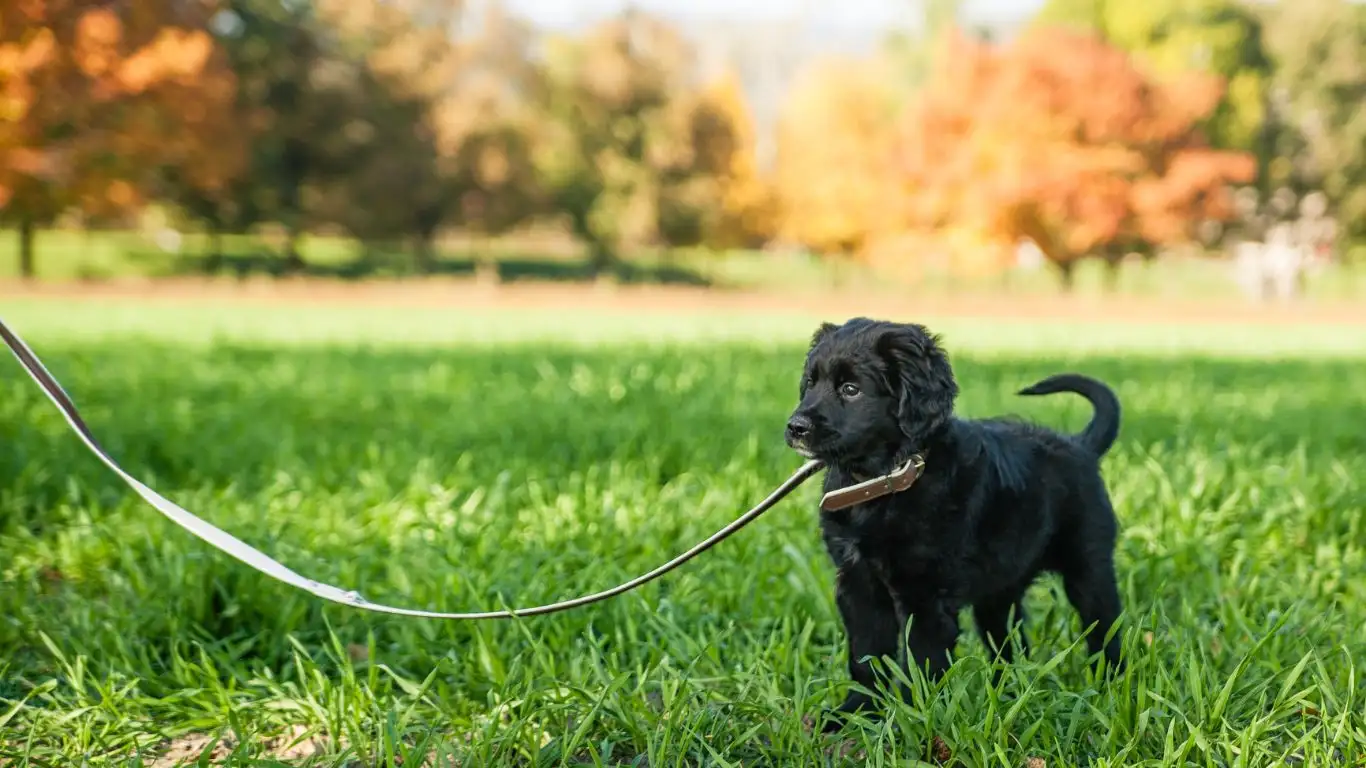
1. Start Early, Stay Consistent
One thing you’ll hear from any seasoned dog trainer is this: start early, and be consistent. Puppies are like sponges— they soak up everything they see and experience, and they’re pretty good at picking up habits (good and bad) from the get-go. The earlier you start training your puppy, the easier it will be to teach them basic commands like “sit,” “stay,” and “come.”
Consistency is key, too. If one day your puppy is allowed to jump on the couch, and the next day they get scolded for it, they’re going to be confused. If you’re consistent with your boundaries, your puppy will quickly learn what’s acceptable and what’s not.
2. Socialization is a Must
When I first got my dog, I was a bit nervous about exposing him to new places, people, and animals. But, man, am I glad I pushed through those nerves! Socialization is a crucial part of puppy training. A well-socialized dog is usually confident and less likely to develop behavioral problems down the line.
Expose your puppy to a variety of environments, people, and other animals early on—while they’re still in that prime socialization window (usually around 3 to 14 weeks). Take them to puppy classes, on walks in different neighborhoods, and introduce them to other friendly dogs. It’s a great way to help them become well-adjusted and confident adults!
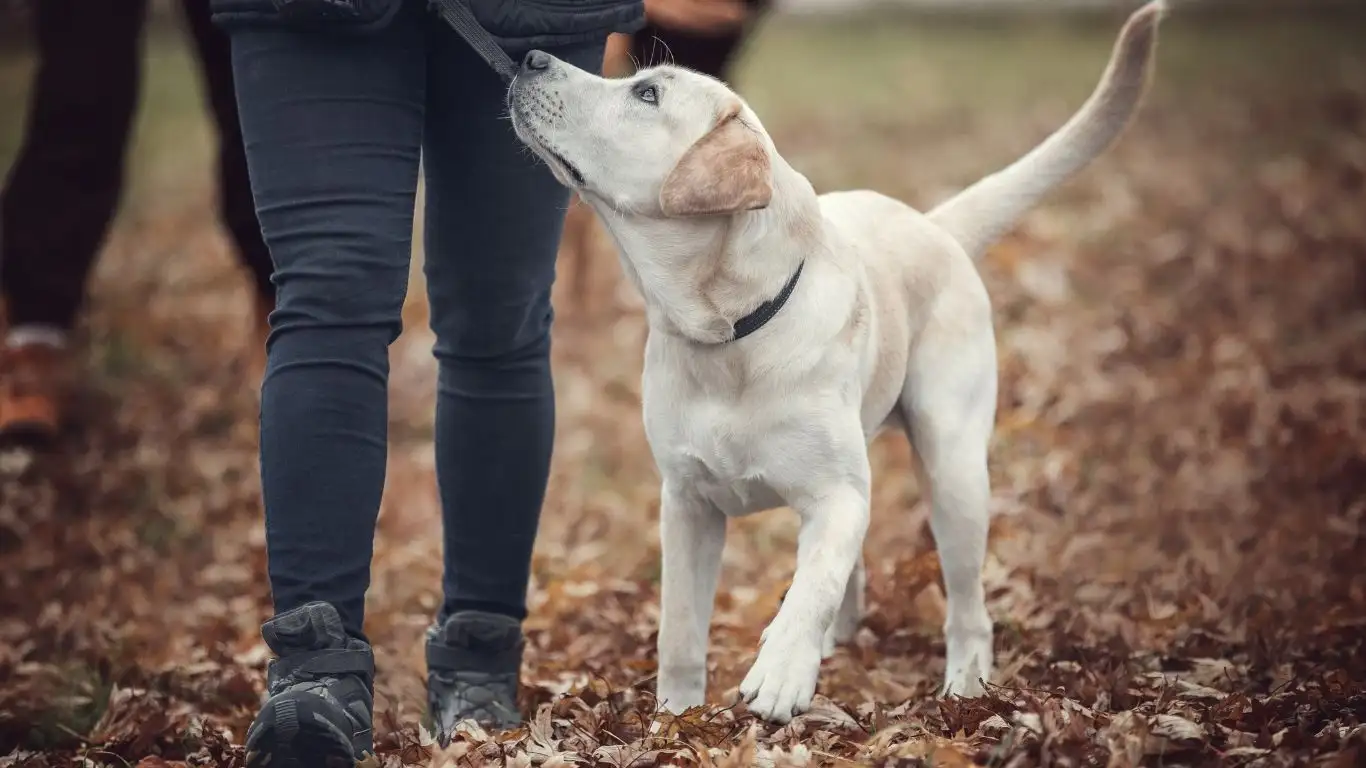
3. Positive Reinforcement: The Secret Sauce
Positive reinforcement works wonders when it comes to dog training. Every time your puppy does something right, reward them with praise, treats, or a toy. This makes them associate good behavior with rewards, and trust me, that motivation is like magic.
Now, I know that some people might prefer using corrections or negative reinforcement, but from my experience, I’ve found that positive reinforcement yields better long-term results. If you reward your puppy when they perform a command correctly, they’ll be more likely to repeat that behavior. The more you praise them, the stronger that behavior gets.
Also, the rewards don’t have to be just treats. Use affection, a favorite toy, or even their favorite activity (like fetch) as a reward. Mix it up to keep things exciting!
4. Potty Training – Patience Pays Off
Let’s be honest—potty training is one of the messiest and most challenging parts of puppyhood. But it’s also one of the most important. Every dog parent has to go through this stage, and it takes time, patience, and a lot of consistency. It’s not a “one and done” situation—it’s more like an ongoing process that lasts for several months as your puppy learns where and when to go.
One thing that helped me was sticking to a routine. Puppies thrive on routine, so I made sure to take my pup outside at the same times every day—after meals, after naps, and after playtime. If you consistently reward your puppy for going potty outside, they’ll eventually catch on that it’s the right place to do their business.
And don’t forget about crate training! Crates are amazing tools for potty training. They create a small, confined space where puppies are less likely to go potty. Just make sure to use the crate as a safe space and not as a form of punishment.

5. Stay Patient and Don’t Expect Perfection
If there’s one thing I’ve learned from raising my dog, it’s this: puppies are going to make mistakes. And you know what? That’s perfectly normal. No puppy is going to be 100% perfect right away. There will be accidents, barking, chewing, and times when they just don’t seem to listen.
But that’s okay. Training a puppy takes time. If you’re feeling frustrated, remember to take a step back and breathe. Your puppy is still learning, and with your guidance, they’ll get there. Try to stay patient, stay positive, and be understanding. They’re doing their best, and so are you!
6. Redirecting Bad Behavior
One of the biggest challenges I faced with my dog was his tendency to chew everything in sight—shoes, furniture, even my favorite phone charger! But instead of scolding him, I quickly learned that redirecting bad behavior works better.
Whenever he started chewing something he shouldn’t, I’d immediately offer him an appropriate toy. That way, he’d start to associate chewing with the right items, not my sneakers. Redirection is a fantastic way to teach your puppy what’s acceptable to chew on, and it’s much more effective than punishing them for doing something natural, like chewing.
Also, keep in mind that puppies are teething during their early months, so providing them with plenty of chew toys and distractions is key to managing their chewing habits.
7. Set Realistic Expectations
Finally, don’t expect your puppy to be a perfect angel overnight. Training a dog takes time, and the learning curve is different for every pup. Some dogs will pick up new commands in a day, while others may take weeks. It’s important to set realistic expectations for your puppy’s progress and celebrate the small wins along the way!
Just like us, puppies have their own personalities and learning paces. Some might be more independent or stubborn, while others are eager to please. Keep in mind that building a strong bond with your puppy during this training period will set the stage for years of happiness and companionship.
Tools and Resources for Puppy Training
Training a puppy can feel like a daunting task, but there’s a ton of resources available to help you succeed. In addition to classes, books, and online courses, consider using training tools that can assist you in teaching commands and redirecting behavior.
For example, clickers are an awesome tool for reinforcing positive behaviors and can help make your puppy’s learning process more engaging. Plus, there are plenty of apps out there designed to help with dog training, offering tips, reminders, and tracking your puppy’s progress.
But at the end of the day, the best resource you have is patience and consistency. As long as you’re committed to putting in the work, your puppy will grow into a well-behaved, happy companion.
#LNF #LNF
